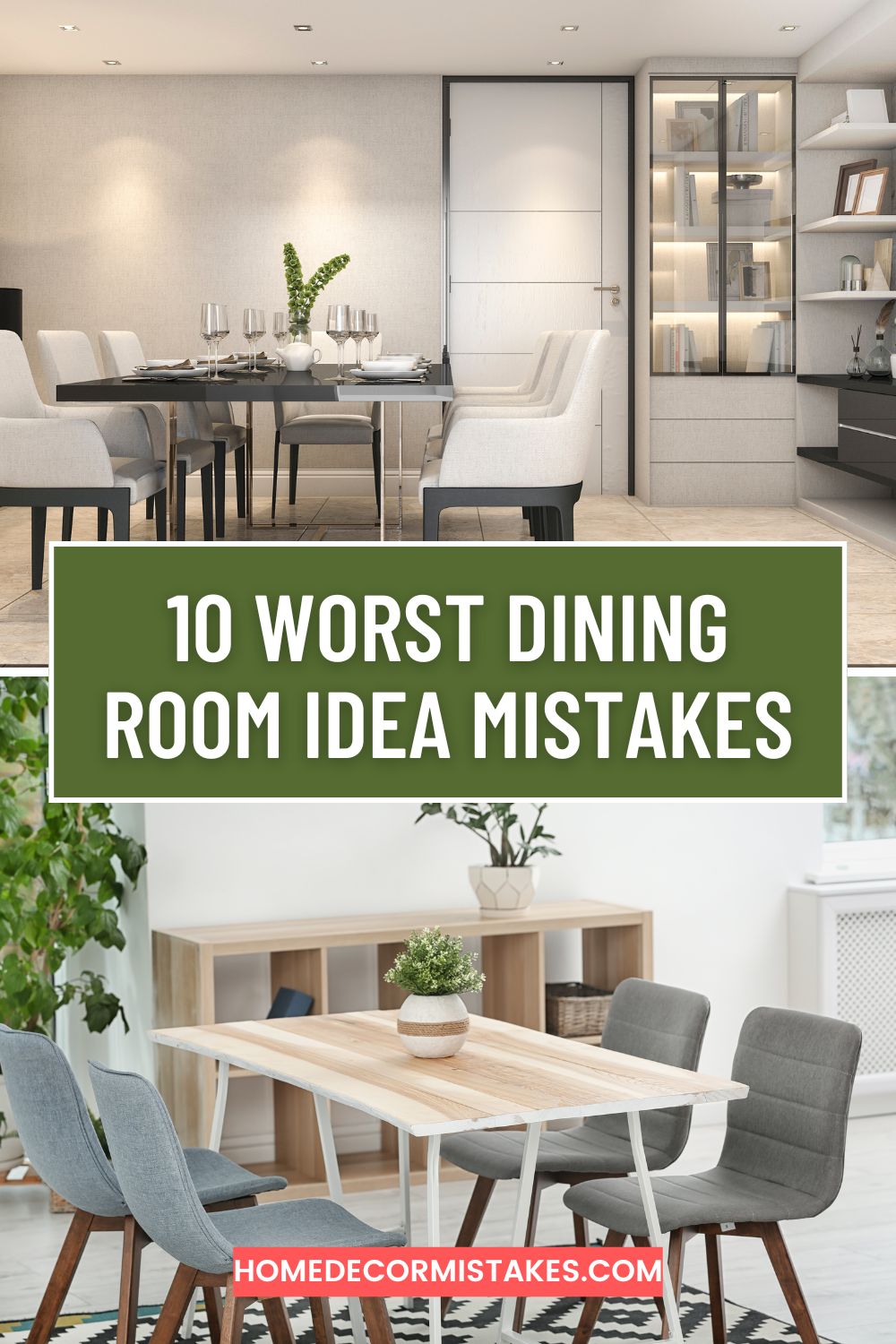5 Mistakes in Dining Room Ideas That Are Costing You Time and Money
Designing your dining room can be an exciting yet challenging task. It’s a space that hosts family gatherings, intimate dinners, and can serve as an extension of your personality and style. However, there are common mistakes that can lead to unnecessary expenses and wasted time. Here are five mistakes in dining room ideas that are costing you time and money—and how to avoid them.
1. Ignoring the Layout
One of the biggest mistakes people make is neglecting the layout of the dining room. A poorly planned layout can lead to cramped spaces, inefficient use of the room, and a less enjoyable dining experience. Here are some layout tips:
- Measure your space: Before purchasing any furniture, measure your dining room to ensure that everything will fit comfortably.
- Consider traffic flow: Make sure there is enough space for people to move around the table and chairs without feeling cramped.
- Think about functionality: Place the dining table in a central location and ensure there’s adequate space for sideboards or other furniture.
Ignoring the layout can result in costly renovations and purchases that don’t fit the space or your needs.
2. Choosing the Wrong Furniture Size
Selecting furniture that is either too large or too small for your dining room is a common and costly error. Oversized furniture can make a room feel cramped, while undersized pieces can make the space feel empty and uninviting.
- Scale matters: Choose furniture that is proportionate to the size of your dining room.
- Leave space: Ensure there is at least 36 inches between the walls and the dining table to allow for comfortable movement.
- Test it out: If possible, use tape to outline the dimensions of the furniture on the floor before making a purchase.
By taking the time to find the right size furniture, you can avoid the expense of returns and replacements.
3. Overlooking Lighting
Lighting plays a crucial role in the ambiance and functionality of your dining room. Poor lighting can make the space feel dim and uninviting, while excessive lighting can be harsh and uncomfortable. Here are some lighting tips:
- Layer your lighting: Combine ambient, task, and accent lighting to create a balanced and inviting atmosphere.
- Choose the right fixtures: A statement chandelier or pendant light can add style and personality to your dining room.
- Dimmer switches: Installing dimmer switches allows you to adjust the lighting to suit different occasions.
Investing in the right lighting can enhance the dining experience and save you money on unnecessary fixtures and adjustments.
4. Ignoring Maintenance
Selecting materials and furniture that are difficult to maintain can lead to increased costs and time spent on upkeep. For example, a white fabric dining chair may look elegant but can be impractical for everyday use, especially if you have children or pets.
- Opt for durable materials: Choose materials like wood, metal, or easy-to-clean fabrics that can withstand regular use.
- Consider the finish: Matte and textured finishes are more forgiving when it comes to hiding fingerprints and scratches.
- Plan for protection: Use tablecloths, placemats, and coasters to protect surfaces and reduce maintenance efforts.
By considering maintenance in your dining room design, you can save time and money on cleaning and repairs.
5. Following Trends Blindly
While it’s tempting to follow the latest design trends, doing so without considering your personal style and the longevity of the trend can be a costly mistake. Trends come and go, but a well-designed dining room should stand the test of time.
- Prioritize timeless design: Focus on classic and versatile pieces that can adapt to changing trends.
- Incorporate trends sparingly: Use trendy accessories, such as cushions, artwork, or table settings, which can be easily updated or replaced.
- Reflect your style: Your dining room should be a reflection of your personal taste and lifestyle, not just what’s currently in vogue.
By creating a timeless and personalized dining room, you can avoid the costs associated with frequent updates and renovations.
Conclusion
Designing a dining room that is both functional and aesthetically pleasing requires careful planning and consideration. By avoiding these common mistakes—ignoring the layout, choosing the wrong furniture size, overlooking lighting, ignoring maintenance, and following trends blindly—you can create a space that saves you time and money in the long run.
Take the time to plan, measure, and choose wisely, and you’ll be rewarded with a dining room that enhances your home and your dining experiences.

